I tried Google Stadia at GDC 2019. I have Mixed Feelings
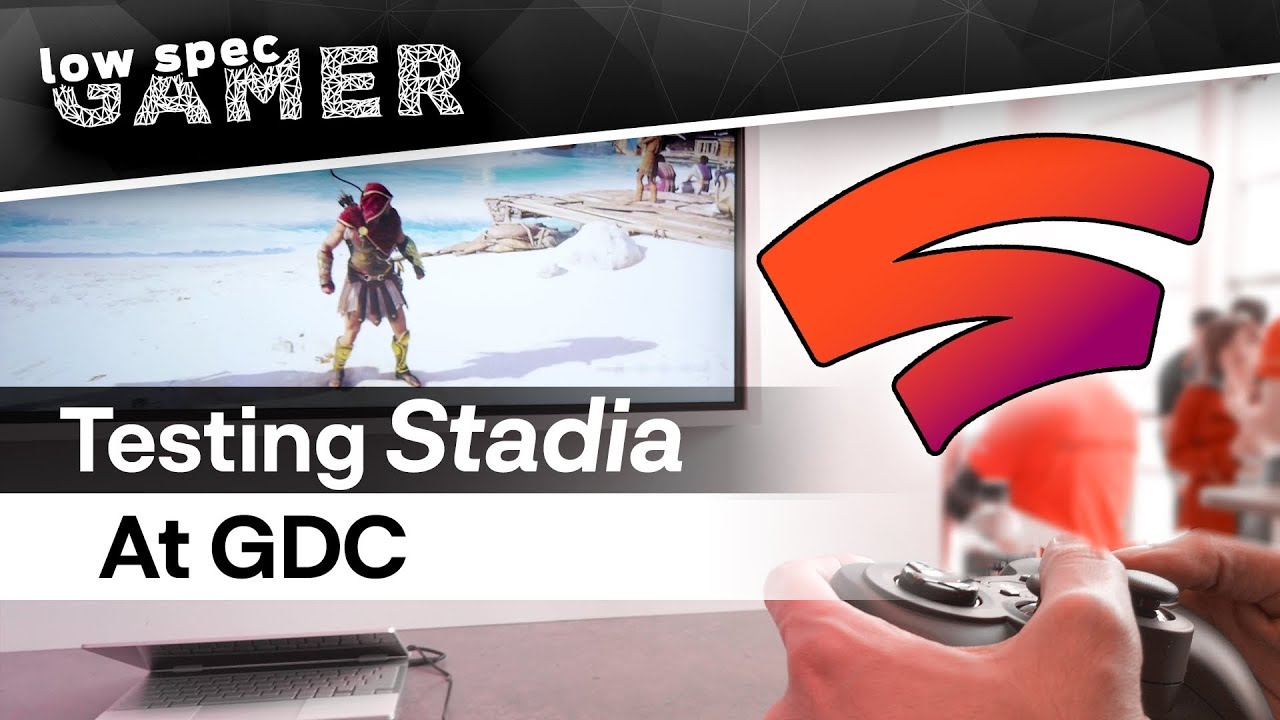
Google Stadia was revealed at gdc 2019, bringing cloud gaming into the mainstream.
Will this change everything? What does it do different? Why may it fail?
What is the potential for Stadia to revolutionize the gaming industry, and what improvements need to be made for it to become a mainstream option?
At this year’s Game Developers Conference (GDC), Google made a big splash with the announcement of their new gaming platform, Google Stadia. As someone who has been excited about the potential of cloud gaming for years, I was eager to try out the service for myself. After spending some time playing games on Stadia, however, my feelings are decidedly mixed.
On the one hand, there’s no denying that the technology behind Stadia is impressive. Being able to stream high-quality games on any device with an internet connection, without needing a console or gaming PC, is an impressive feat. And even in the crowded, noisy environment of the GDC show floor, the games I played ran smoothly and looked great.
But the experience of playing those games was…off. There was a noticeable delay between my button presses and the action on screen, which is the last thing you want in a fast-paced action game. And while the games looked good, they didn’t look as good as they would on a high-end gaming PC or console. There were occasional hiccups, like missing frames or graphical glitches, that reminded me that I wasn’t playing the game locally.
The other issue with Stadia is one of practicality. Even assuming that the technology works perfectly, there are still concerns about things like data caps and internet speed. In order to stream games at 1080p/60fps, Google estimates that you’ll need a steady internet connection of at least 25 megabits per second. And even then, you’ll be using up a significant amount of data every hour you play.
All of this is to say that, while Stadia is an impressive technical achievement, it’s not the panacea for gaming that some people might want it to be. It’s a viable option for people who don’t want to invest in a console or gaming PC, or who want to play games on their phone or tablet, but it’s not going to replace those traditional gaming setups anytime soon.
Ultimately, my experience with Stadia left me feeling cautiously optimistic. I can see the potential for this kind of technology to revolutionize gaming, but there are still some kinks to work out before it becomes a truly mainstream option. If Google can continue to refine Stadia and work out the technical and practical issues, I could see myself using it more in the future. But for now, my feelings are mixed.

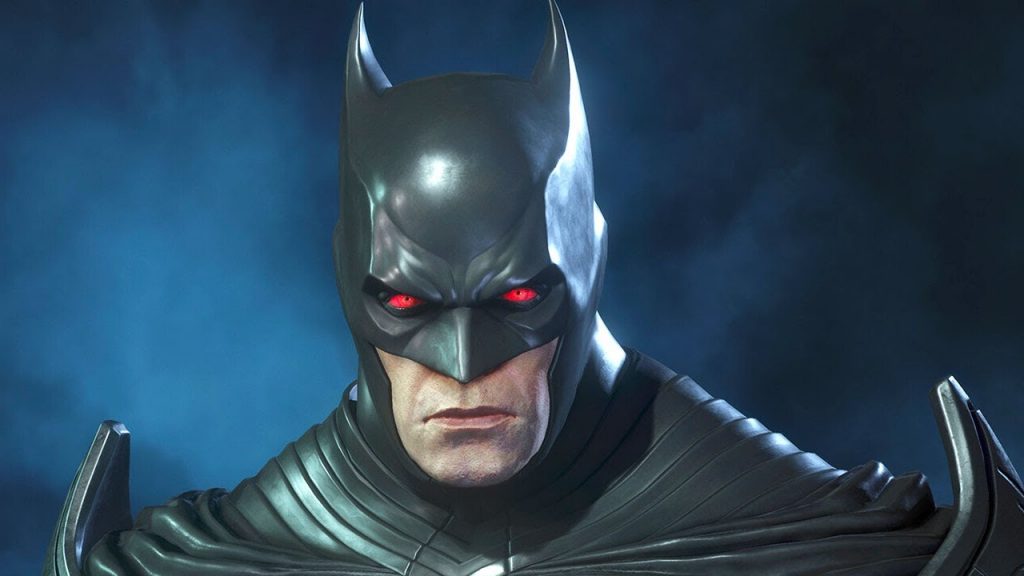
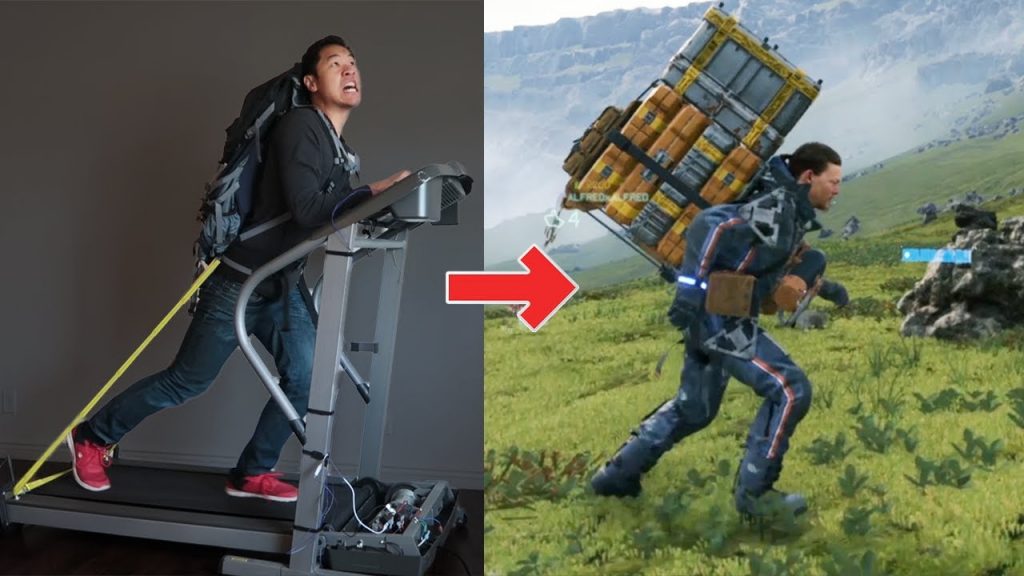
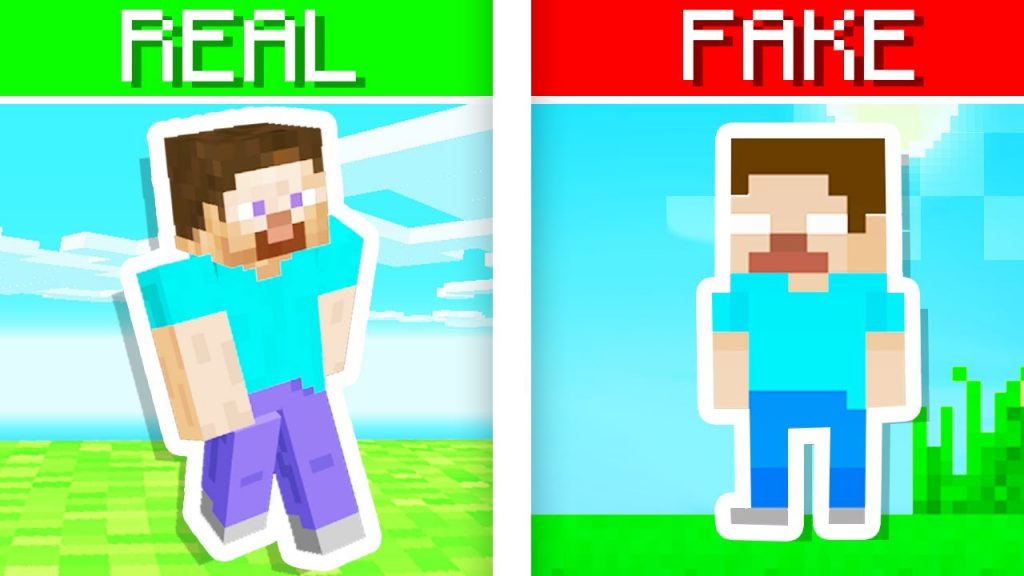

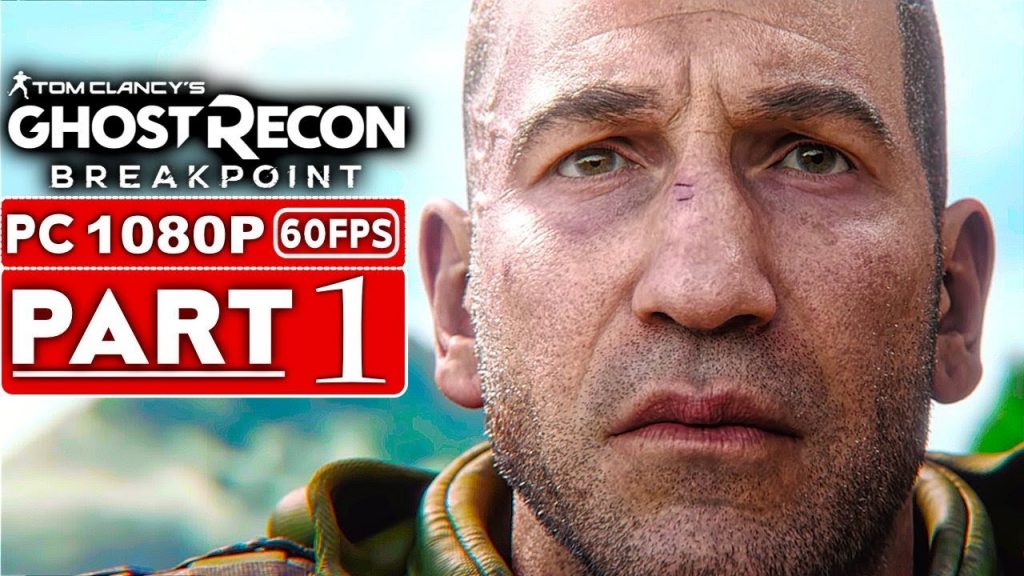



Esports: Inside the relentless training of professional gaming stars
NIOH 2 Walkthrough Gameplay Part 1 – INTRO (FULL GAME)
Top 15 NEW PS5 Games From Sony Event
Esports: Inside the relentless training of professional gaming stars
Dope Gaming Apps For The Apple Watch Part 2